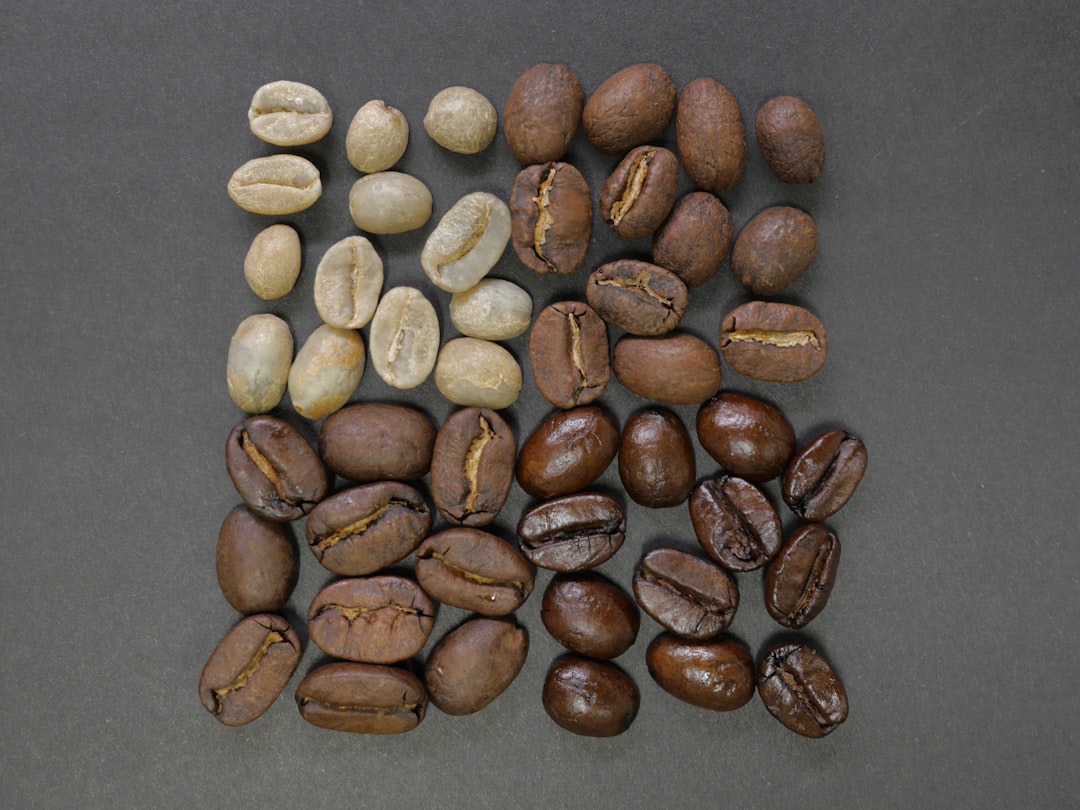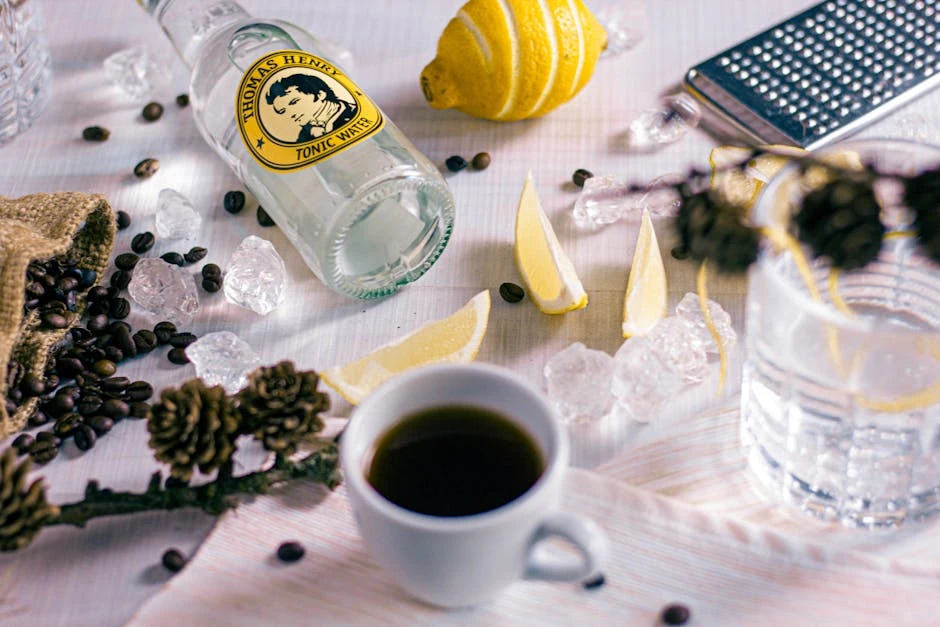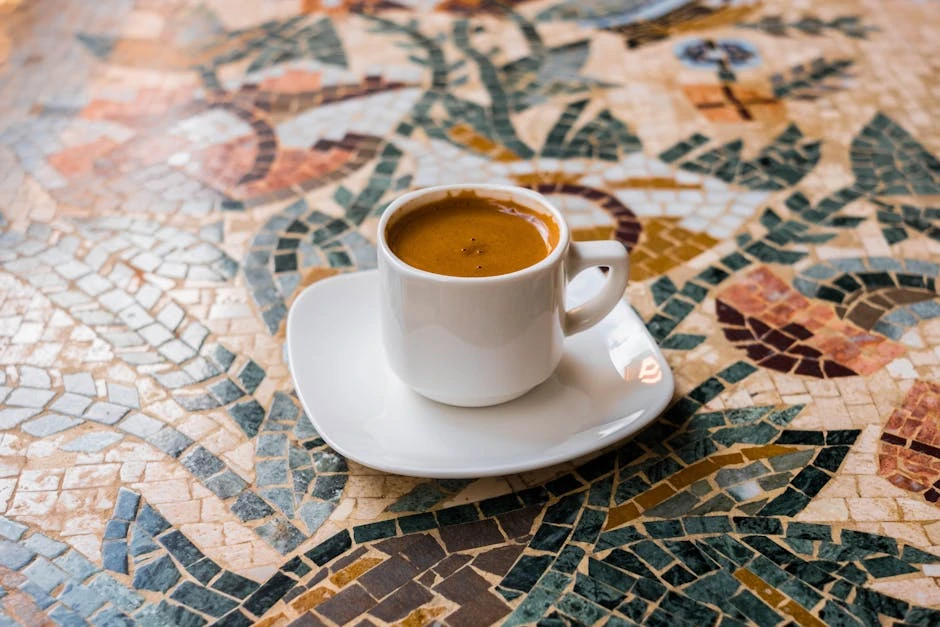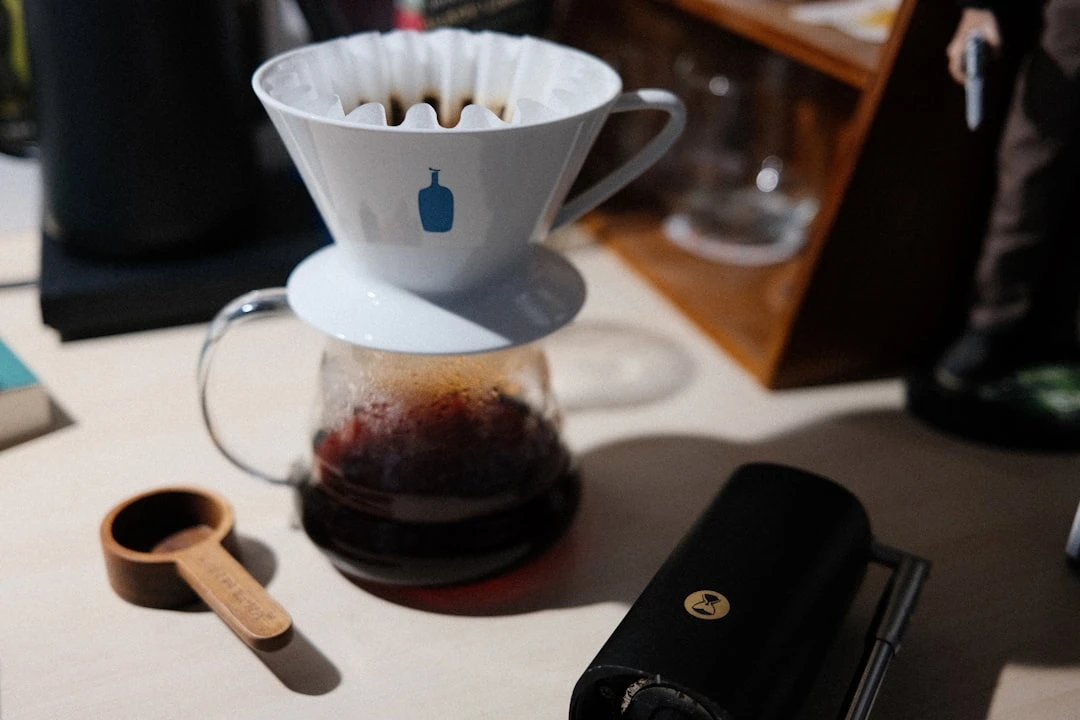Best Decaf Coffee Beans: Top Picks & Buying Guide
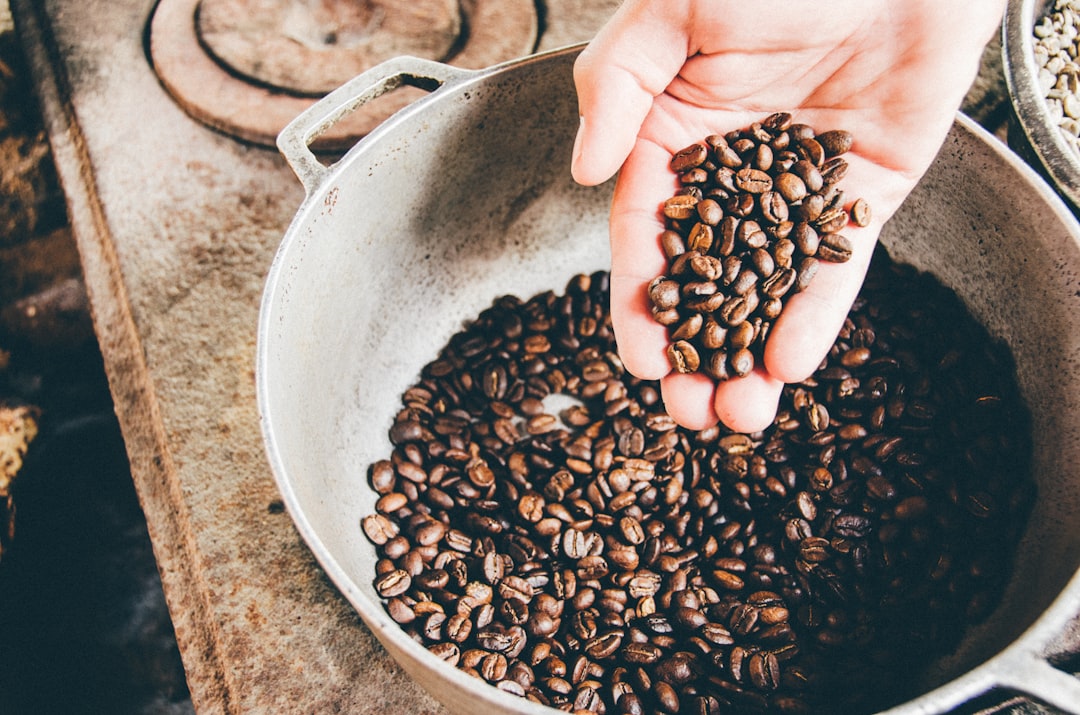
Introduction to Decaf Coffee Beans
Decaf’s your answer—all the deep, roasty warmth, none of the jitters. Perfect if caffeine messes with your sleep or just isn’t your thing.
So how do they strip out the caffeine? A few ways: the Swiss Water method (just water and a bit of chemistry), CO₂ (pressurized gas doing the heavy lifting), or solvent-based tricks. The good methods? They leave the bean’s soul intact—no weird, chemical aftertaste.
But let’s be honest—not all decaf hits the mark. Top-shelf beans (usually Arabica) get the love they deserve, roasted just right to keep things smooth and layered, not like that thin, bitter stuff masquerading as coffee.
Espresso, French press, pour-over—whatever your jam, solid decaf holds its own against the real deal. Go for single-origin or specialty-grade if you want the full experience.
Decaf doesn’t have to be dull. Nail the beans, nail the brew, and you won’t even glance at the caffeine. Stay tuned—next up, the decaf beans actually worth your time.
How Decaf Coffee Beans Are Made
Ever paused mid-sip, wondering how those beans shed their buzz but hold onto their soul? Decaf isn’t magic—it’s more like a quiet, deliberate tango between science and flavor. Each method leaves its fingerprint on taste, so let’s crack open the story (beans and all).
1. Swiss Water Process (The Chemical-Free Purist)
Picture a spa day, but for coffee. Green beans steep in hot water, slow and patient, until the caffeine drifts away. The water’s pushed through charcoal—trapping the buzz but leaving the soul intact. Then the beans soak it all back up, reclaiming their depth, just… calmer.
2. CO₂ Method (The High-Tech Heavyweight)
This one’s straight out of a lab thriller. Beans get steamed, then hit with pressurized CO₂—it hunts down caffeine like a heat-seeking missile. Drop the pressure, and poof: caffeine vanishes, but the heart of the coffee stays put. Fast, precise, and kinder to flavor than you’d expect.
3. Solvent-Based (The Controversial Shortcut)
The Direct Method steams beans first, then rinses them with solvents (yes, ethyl acetate’s involved—same stuff in nail polish remover, but breathe, it’s regulated). The Indirect Method swaps steps: water does the heavy lifting first, solvents tidy up later. Authorities insist it’s safe, but… let’s just say some drinkers prefer their decaf without a whiff of test tubes.
After the caffeine’s stripped away, the beans dry and roast like any other. Nothing’s perfect—tiny traces linger (0.1% in the EU, 0.3% stateside). But if flavor’s your compass? Swiss Water or CO₂ decaf tends to sing truest.
Now you’ve got the lowdown—enough to choose a decaf that tastes like coffee, not just a memory of it. Sleep tight (for real this time).
Top 5 Best Decaf Coffee Beans
Craving that warm, slow-morning coffee moment without the wired aftermath? A solid decaf still wraps you in rich, full flavor—just minus the caffeine crash. Here’s this year’s lineup, picked for their standout character, craft, and how they nix the jitters while keeping all the soul.
1. Lifeboost Swiss Water Decaf
Organic and kind to sensitive stomachs, this one ditches chemicals entirely. Picture smooth velvet with quiet hints of chocolate and toasted almonds.
2. Volcanica Costa Rica Tarrazu Decaf
From Costa Rica’s famous Tarrazú hills, it’s got a bright citrus spark and a lazy caramel finish—all thanks to the Swiss Water magic.
3. Kicking Horse Decaf Dark Roast
Unapologetically deep and smoky, this Canadian favorite’s organic, fair trade, and holds onto its decadent cocoa notes—yep, Swiss Water strikes again.
4. Peet’s Decaf Major Dickason’s Blend
A dark roast with layers: spiced, intricate, and seriously indulgent. They use a water process, so nothing gets stripped away.
5. Lavazza Dek Decaf
An Italian espresso classic, decaffeinated with CO₂ for a lush, velvety cup tinged with dried fruit and dark chocolate.
Look for beans processed with Swiss Water, CO₂, or natural water methods—they guard the flavor best. Whether you lean bright and lively or deep and brooding, these won’t leave you hanging. (And hey—your secret’s safe.)
What to Look for When Buying Decaf Coffee Beans
Let’s be real—most decaf tastes like regret brewed too weak. But it’s possible to do better. Here’s how to avoid the lifeless stuff and find a cup that actually satisfies:
1. Skip the Chemical Aftertaste
Not all decaf is made the same. Look for the Swiss Water Process or CO2 method—gentle, solvent-free ways to strip caffeine without wrecking flavor. If you see methylene chloride or ethyl acetate on the bag? Walk away. (Life’s too short for coffee that tastes like a chemistry set.)
2. Beans Matter (Yes, Even for Decaf)
Bad beans mean bad coffee—no way around it. Seek out single-origin or specialty-grade decaf—they’ve got depth. Love bright, lively flavors? Try a light roast. Crave something deep and toasty? Dark roast won’t let you down.
3. Freshness is Everything
Decaf goes stale fast—like bread left out overnight. The roast date is your lifeline; try to brew within 2-4 weeks. And please, buy whole beans. Pre-ground? Might as well drink yesterday’s dust.
4. Trust the Labels (Sometimes)
Organic or Fair Trade? Great if you care about how it’s grown. But don’t just grab the first pretty bag—stick to brands that take pride in their beans.
5. Listen to the Coffee Crowd
"Tastes like wet paper" isn’t a tasting note. Read reviews for honest takes. Hints of caramel? Berries? Toast? Good sign. "Bland and bitter"? Hard no.
Here’s the thing: Decaf shouldn’t feel like a compromise. With a little effort, you can find something rich, smooth—maybe even worth a second sip.
Health Benefits of Decaf Coffee
Love coffee but hate the jitters? Decaf gives you all the rich flavor—just without the caffeine crash. Funny thing is, it might surprise you. Here’s why:
- Still Packed with Goodness – No caffeine doesn’t mean no benefits. Decaf’s loaded with polyphenols, those tiny fighters that help fend off inflammation and keep your cells happy.
- Kind to Your Heart – Turns out, decaf might nudge your cholesterol in the right direction and keep blood vessels relaxed. Small sips, big love for your ticker.
- Steadies the Sugar – That chlorogenic acid isn’t just for show. It helps manage blood sugar, so you’re not riding that energy rollercoaster—just steady, even vibes.
- No More Tummy Wars – If regular coffee turns your stomach into a battlefield, decaf’s the peace treaty. Same warmth, less acid rebellion.
- Brain Food, Minus the Jitters – Early studies hint that decaf’s antioxidants could help protect your noggin over time. Quiet support, no crash required.
- Sleep Like a Normal Person – Imagine a warm cup not sabotaging your 10 PM bedtime. Decaf lets you sip without the midnight stare-at-the-ceiling tax.
Oh, and you’re still grabbing magnesium, potassium, and B vitamins—just skipping the buzz. Pro move? Look for Swiss Water or CO2-processed decaf. Cleaner, smoother, no weird aftertaste.
Need a livelier twist? Just say the word.
Brewing the Perfect Cup of Decaf Coffee
Let’s face it—most decaf tastes like a weak apology for real coffee. But it doesn’t have to be that way. With a few thoughtful tweaks, you can pull off a decaf brew that’s deep, flavorful, and honestly… pretty great. Here’s the lowdown:
1. Start with the Good Stuff
Skip those dusty supermarket bags. Hunt for decaf beans processed with the Swiss Water Method or CO2—they keep more of the good flavors intact. And don’t overlook the roast date; fresh beans make all the difference.
2. Grind It Like You Mean It
Decaf’s been through enough already (caffeine extraction isn’t pretty), so grind it fresh—right before brewing. Aim for medium-fine if you’re using drip, or go fine for espresso. No pre-ground shortcuts here.
3. Water Temp Matters More Than You Think
Too hot, and it’s bitter. Too cool, and it’s flat. The sweet spot? Around 195°F to 205°F (90°C–96°C). A thermometer’s handy, but if you don’t have one, just let boiling water sit for half a minute before pouring.
4. Adjust Your Timing
Decaf extracts faster than regular coffee, so shave 10 to 15 seconds off your usual brew time. And stick to a 1:16 coffee-to-water ratio—it’s the little things that add up.
5. Play with Your Brewer
French press for something rich and comforting, pour-over for a cleaner, brighter sip. Or, if you’re not in the mood to fuss, cold brew is a no-brainer—mellow, smooth, and never bitter.
Follow these steps, and you might just surprise yourself. (Okay, you’ll still know it’s decaf—but it’ll be the best decaf you’ve ever had.) Here’s to better mornings.
Frequently Asked Questions (FAQ) About Decaf Coffee
Love coffee but not the jitters? Decaf’s got your back. Here’s the lowdown on what everyone’s curious about:
1. How do they even make decaf?
They nix most of the caffeine using water, CO₂, or solvents (sounds fancy, huh?). The gentler methods—Swiss Water or CO₂—keep the flavor intact while ditching almost all the caffeine. We’re talking less than 3% left.
2. So… zero caffeine, right?
Not quite zero, but close enough. A cup of decaf has just 2–5 mg of caffeine—compared to regular’s 95 mg. Basically, it’s a whisper instead of a shout.
3. Does decaf taste like sad coffee?
Nope! Good decaf can hold its own. The secret? Beans treated with care (skip the harsh chemicals), so they keep all those delicious, roasty notes.
4. Is decaf the “healthier” choice?
You still get coffee’s perks—antioxidants, comfort in a mug—without the side effects. Some people find it easier on their heart or stomach, too. Win-win.
5. Can I sip decaf at night?
Absolutely. With barely any caffeine, it’s not gonna haunt you at 2 AM like regular coffee might.
6. What’s the good stuff?
Spring for top-shelf beans decaffeinated the natural way. Labels like "Swiss Water" or "CO₂ Process" usually mean better flavor.
Decaf’s just coffee without the drama. Get the right beans, and you’ll never miss the buzz.
Related Articles
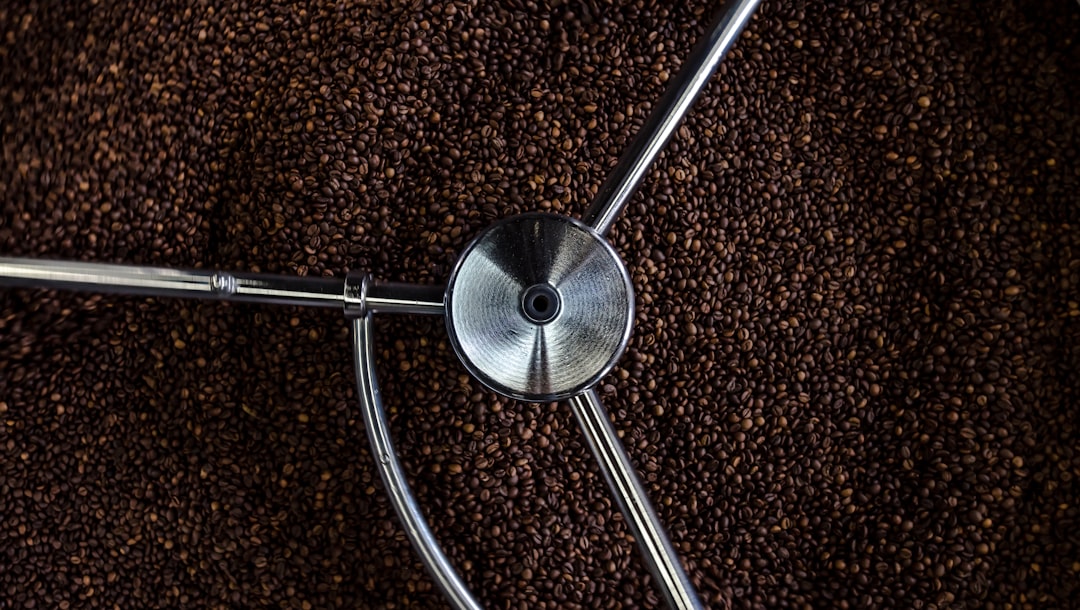
Light Roast vs Dark Roast: Which Coffee Is Best for You?
Read More →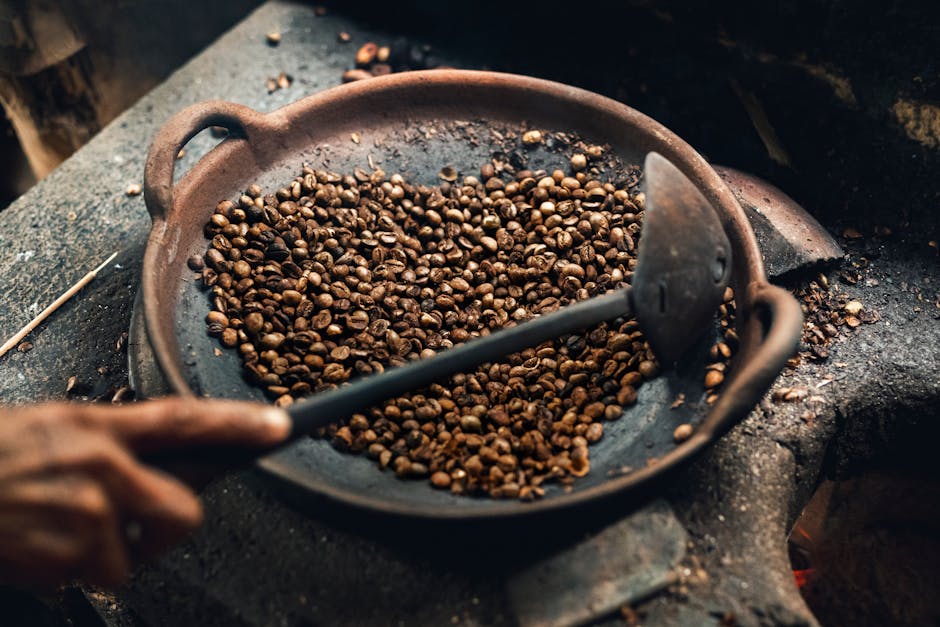
How to Store Coffee Beans for Maximum Freshness
Read More →